Table of Contents
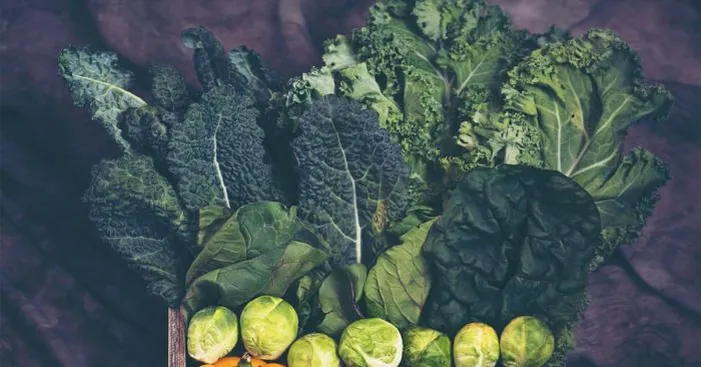
Types of cabbage can be really tricky to guess since some of them don’t even look like the common cabbage we know.
We should bear in mind that cabbage is not just one vegetable but rather a family of many species.
In this article, we gathered all the information you need to know about the types of cabbage, starting with the definition of the cabbage family, then listing the types of cabbage in the two most diverse species of the cabbage family.
But first, let’s learn about the cabbage family.
The botanic definition of cabbage:
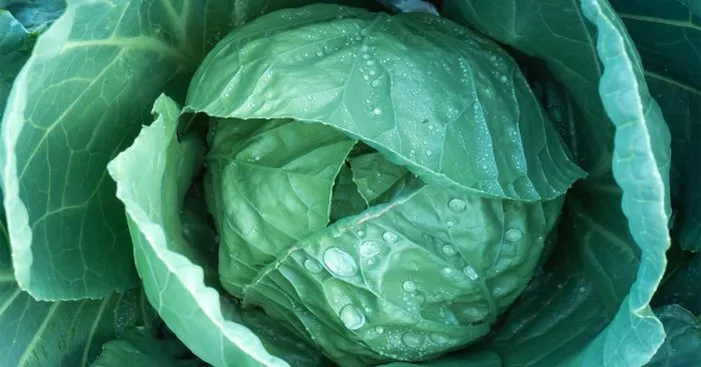
The cabbage family is defined botanically under the name Brassicaceae or Cruciferae which includes many species.
For instance, it includes all the plants characterized with four petaled-flours including, turnip, broccoli, cabbage, and much more.
It is believed that the name Brassica is derived from the word “bresic” which comes from the ancient Celtic European language.
All in all, the Cabbage family includes more than 35 species of plants with the 4 most famous ones being:
- Brassica Oleracea: broccoli, brussels sprout, common cabbage, broccoli…
- Brassica rapa: Napa cabbage (Chinese), turnip, Mizuna cabbage…
- Brassica Juncea: Green Mustard, leaf mustard…
- Brassica Napus: canola, rapeseed…
Each of these species also contains many variants which explain the huge number of vegetables that can be called cabbage.
Nowadays, we only use the word cabbage to describe only one species of the Brassica family botanically known as Brassica oleracea capitate.
In the next part, we will focus on the Brassica rapa and the Brassica Oleraceae as they are the species with the most common vegetables.
Types of cabbage:
White cabbage AKA Dutch Cabbage:
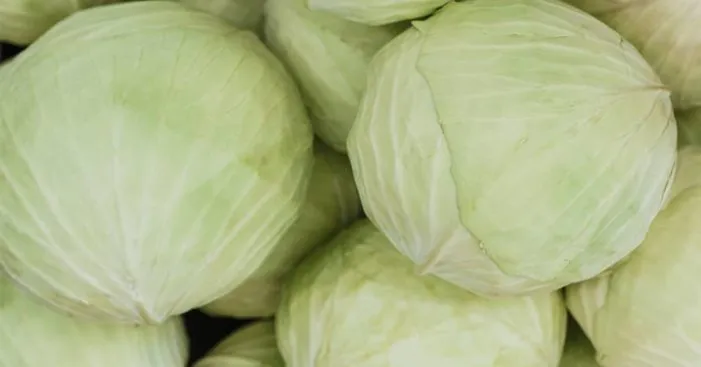
These white cabbages are among the Brassica oleracea capitate species under the family of cabbage.
The Dutch cabbage, as the name suggests, comes from the Netherlands where it matures between September and December.
Furthermore, as you cut a white cabbage in halves you’ll notice that it looks white towards the center which explains the name.
It is among the types of cabbage that come with tightly packed heads composed of very thin leaves.
In fact, the leaf of white cabbage is so thin that it becomes transparent when you cook it.
White cabbage is perfect for soups, salads, and stews, or you can use the leaves for stuffing as they blend well in terms of both texture and taste.
Broccoli:
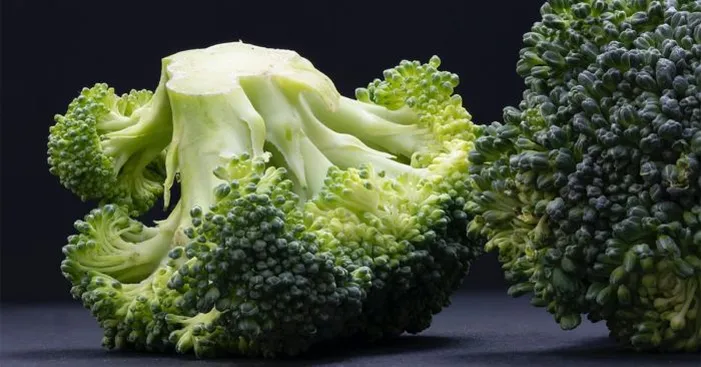
Most people would assume that broccoli is different from cabbage in terms of texture, taste, usage…
However, these two vegetables are in the same family “the cabbage family” which is native to Italy.
In fact, the botanic name for broccoli is Brassica oleracea italica which can be translated into “the Italian variety of cabbage”.
Since the days of the Romans, people used broccoli which is reflected in Italian cuisine until today.
Unlike other types of cabbage, broccoli is not made entirely from leaves but it has firm bunches in the center of its stalk.
Those bunches are actually underdeveloped flowers and those are the ones we consume alongside the tender parts of the stems.
Collard greens:
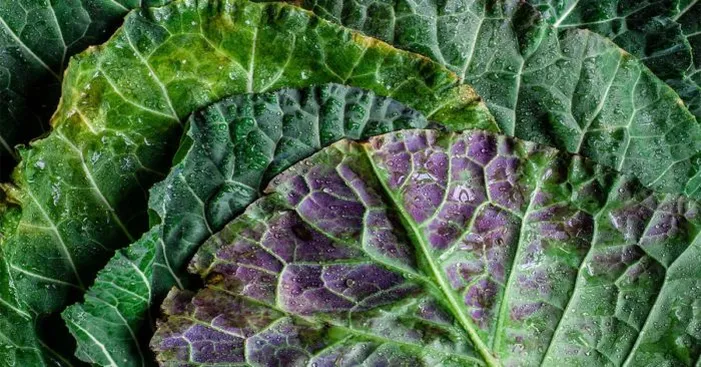
Known in Portugal as “Cueve Penca” or “Asa de cantaro”, collard greens are a type of vegetable very famous across the Mediterranean.
This vegetable is among the Brassica oleracea acephala species which makes it among the cabbage family.
Characterized with dark green leaves decorated with white vines, the collard green may resemble kale but differences can easily be pointed out.
Collard green leaves are always green and come with a mild flavor, unlike kale which has curly thinner leaves that taste bitter and sometimes have purple shades.
Nonetheless, collard greens are very resistant to cold environments which makes them available for usage during Christmas
It can be used to make casserole recipes or in salads as it combines the taste of green leafy vegetables with an irresistible sweetness.
Savoy cabbage:
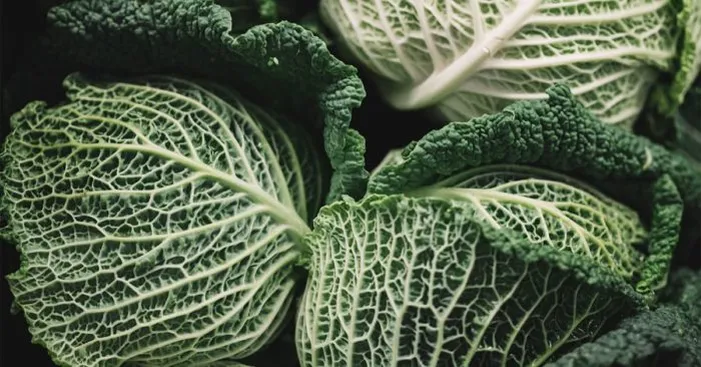
Also referred to as Milan cabbage, where it first originated, the savoy cabbage is among the Brassica oleracea sabauda species of the cabbage family.
This type of cabbage grows very large leaves up to 20 inches in both length and width.
Because of the large-scale leaves of the savoy cabbage, it is used as a green wrap for yummy stuffing recipes.
However, they can also be perfect in soups, or stews, browned in a pan, or consumed as a green salad with a nice dressing.
Brussels sprouts:
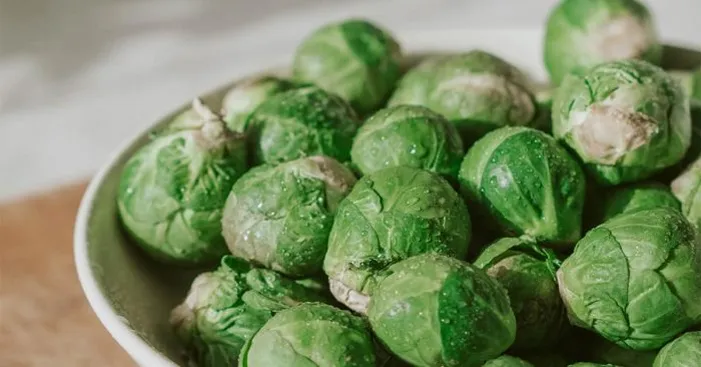
Brussels sprouts are also another type of cabbage that comes in many sub-species and first originated in Brussels, Belgium.
Unlike the average size of most types of cabbage, the brussels sprouts grow several stalks each growing upwards for up to 2 feet.
Each of those stalks forms a tree-like trunk on which leaves grow in small buds forming up to 50 heads per plant.
Brussel sprouts can be consumed boiled, fried, or made into a delicious green salad.
Most people recommend consuming Brussels sprouts young and fresh since that’s when they yield the best flavor.
Chinese cabbage or Peking cabbage:
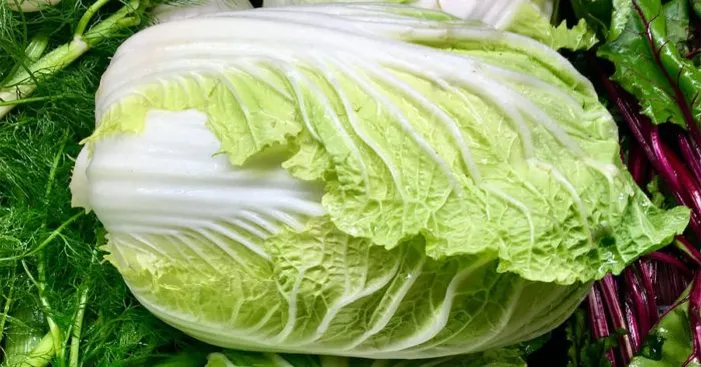
Just like the name suggests, this type of cabbage is among the brassica Rapa species which first originated in China.
Unlike most types of cabbage, this variety doesn’t grow spherical but rather grows oblong.
Chinese cabbage comes in two main varieties known as Napa Cabbage (Peking cabbage) and Bok choy (Spoon cabbage).
Both varieties have white yellowish stalks from which leaves grow long and turn green towards the edge.
Like most types of cabbage, Chinese cabbages are used in salads, soups, and sautéed with meat.
It is also used as one of the main ingredients in some of the ravioli recipes known as Peking ravioli.
Being the ones who invented the famous sauerkraut recipe, the Chinese ferment these last two varieties of cabbage to make pickled cabbages.
Cauliflower:

This is also another vegetable among the cabbage family, cauliflower is among the Brassica oleracea botrytis species.
This is one of the most unique types of cabbage, producing fleshy white buds very unique in flavor.
Cauliflower was first developed in Asia then spread to reach ancient Rome and from there it spread worldwide.
They first invented this vegetable by selective breeding and mating cabbages with large flowers.
Nowadays, cauliflowers exist in many varieties some of which produce yellow fleshy pulps and even purple pulps in other varieties.
Generally, people consume cauliflower cooked whether fried or made into a stew.
The flavor of cauliflower is very unique as it falls somewhere between meat and eggs and the taste of green vegetables.
It is very pleasant, especially with its crunchy texture which makes it the main ingredient of many famous dishes including the Lebanese Taboulet.
Kale:
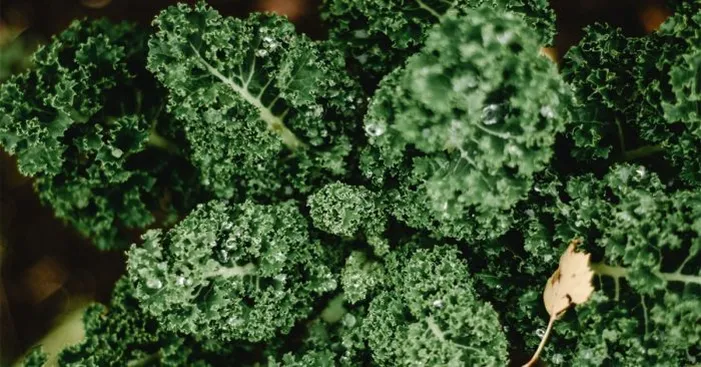
Considered an herb, kale is part of the cabbage family and among the Brassica oleracea sabellica species.
Being originated in Ancient Rome from wild species of cabbage, Kale is very famous across Europe.
This type of cabbage can be available in the market between September and March which gives it more access to many recipes.
However, at some point, people started abandoning the consumption but it was brought back again because of its nutritional value.
As a lighter version of cabbage, chopped kale can be added to pasta, salads, and omelets or simply you can fry them into green chips.
Nowadays, the top producers of kale are Germany, the Netherlands in the global region, and California and Georgia in the US market.
Mizuna cabbage:
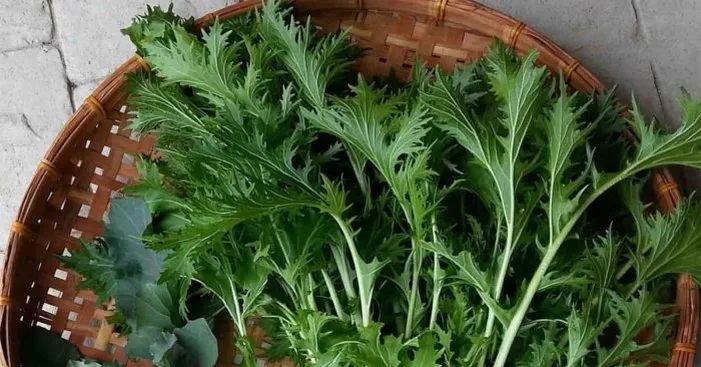
This type of vegetable is known in English as “water greens” and it is among the Brassica rapa nipposinica species of the cabbage family.
The Mizuna cabbage is very famous in Asia, especially in Japan, China, and Korea, and is used in the same way as parsley.
This vegetable grows in stems just like parsley and produces small dark green leaves.
The taste of the Mizuna cabbage is very refreshing with a sweet and a touch of peppery flavor.
Purple cauliflower:
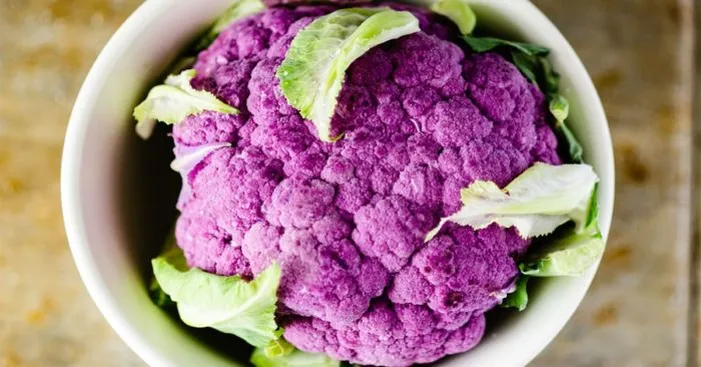
Just like white cauliflower, purple cauliflower grows in a globular purple and provides a fleshy purple pulp.
This vegetable is among the Brassica oleracea botrytis species of the wide cabbage family.
In fact, purple vegetable gains their uniqueness from the existence of anthocyanins, and purple cauliflower is the same.
In the kitchen, purple cauliflower can be used like its sister white variety and it will add more vibrant color in terms of decoration.
Orange cauliflower:
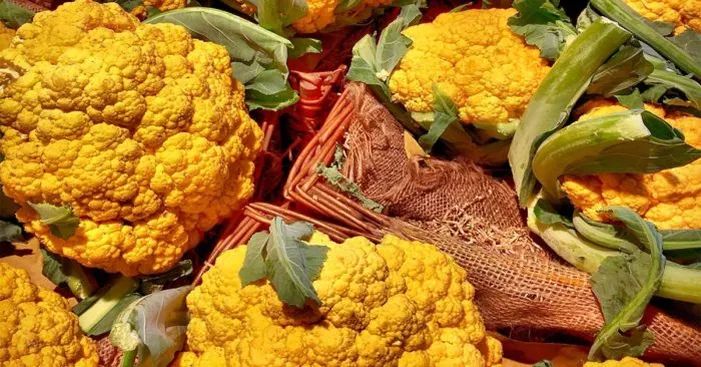
Sometimes also called Cheddar cauliflower, this vegetable is among the Brassica oleracea botrytis specifies of the cabbage family.
The Cheddar cauliflower is not a natural vegetable as it is the result of many years of crossbreeding.
Just like purple cauliflower, this vegetable underwent a genetic mutation that allows it to store more beta-carotene.
This is the same plant pigment responsible for the orange color of carrots, sweet potatoes, pumpkins…
Also, the orange color of cheddar cauliflower remains even after cooking and decorating the plate with vibrant color.
This type of cabbage contains an abundance of antioxidants mainly in the form of vitamin A and beta-carotene.
Pontoise cabbage:
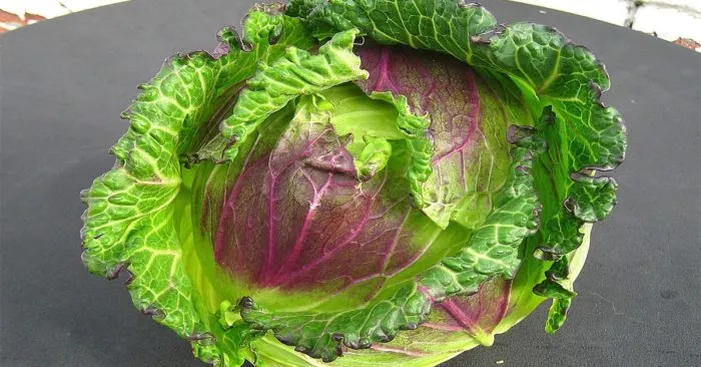
Being a vegetable among the Brassica oleracea sabauda species just like savoy cabbage, Pointoise cabbage is one of the types of the cabbage family.
In the United States, this cabbage is more known as the “January King cabbage”.
This type of cabbage produces green leaves with purple shades due to the existence of anthocyanins.
The pulp of a pointoise cabbage is very tender and not as compact as other common cabbage species.
It is not common to find this vegetable in the market since it’s one of the most unique types of cabbage.
Nonetheless, Pointoise cabbage was also abandoned like kale but thankfully it was brought back to the market because of its energy-giving qualities.
Kohlrabi or Turnip cabbage:
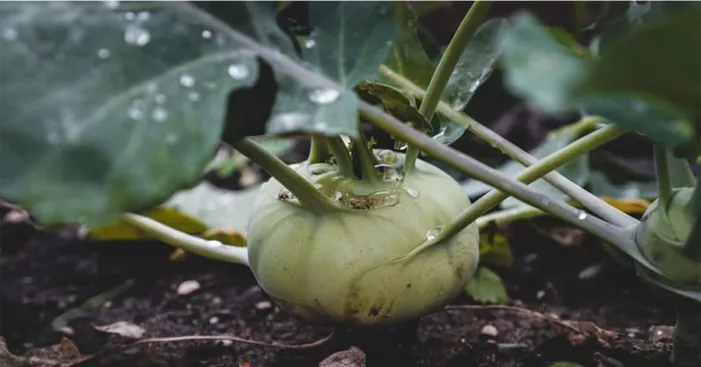
Just like the name suggests, Kohlrabi looks like a turnip but is among the Brassica oleracea gongylodes species of the cabbage family.
In fact, the word Kohlrabi is in the German language and it literally means “ kohl + rabi = cabbage + turnip”.
As one of the rarest types of cabbage, turnip cabbage is mostly cultivated in the northern countries of Europe.
Unlike most types of cabbage, this variety doesn’t grow a leafy sphere but it produces a bulge above the ground next to the stem.
The bulb of a turnip cabbage is almost the size of an orange and has a crunchy juicy green flavor.
Red cabbage:

As part of the big cabbage family, red cabbage is among the Brassica oleracea capitate which is closely related to the green white cabbage.
Like purple cauliflower and other purple vegetables and fruits, red cabbage gets its color from the existence of anthocyanins.
In fact, the intensity of the purple color can vary depending on the acidity of the soil which has an impact on the number of anthocyanins.
This type of cabbage matures in fall that’s when you can find it fresh in the market.
Also, red cabbage tends to have a longer lifespan than most other types of cabbage and it’s mostly due to its higher antioxidant profile.
After you cook red cabbage, you’ll notice that they tend to have a blue color instead which can be very decorative for your recipe.
As for the flavor profile, red cabbage has almost the same taste as its white cousin with a little peppery touch.
Red cabbage is a purple-colored cabbage that turns blue when cooked. To preserve its beautiful purple color, it should be cooked with vinegar or with acidic fruit juice.
Romanesco cabbage or Roman broccoli:
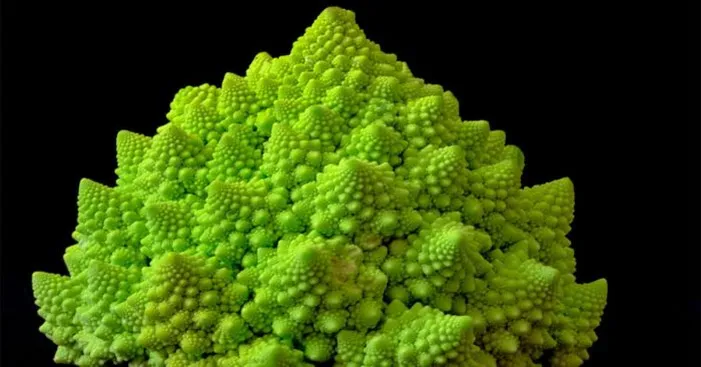
Being part of the Brassica oleracea botrytis species of the cabbage family, Roman broccoli is a sister of cauliflower.
The origins of the Romanesco broccoli, as the name suggests, is a specific region of Rome, nowadays Naples in Italy.
As for the flavor, this unique type of cabbage is finer than common broccoli and its texture seems to be much more delicate.
However, Romanesco is much more expensive than common broccoli and can reach up to 12$ per pound.
There are no special culinary tips to use this type of cabbage as it can be used instead of broccoli.
Even though the flavor of the Romanesco broccoli is almost identical to common cauliflower, it may feel a bit nuttier.
.
